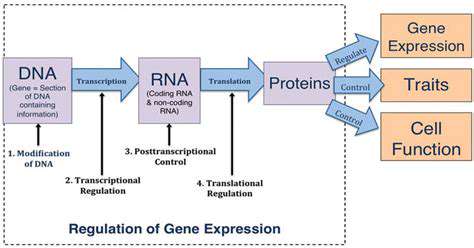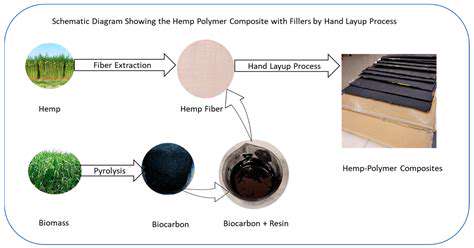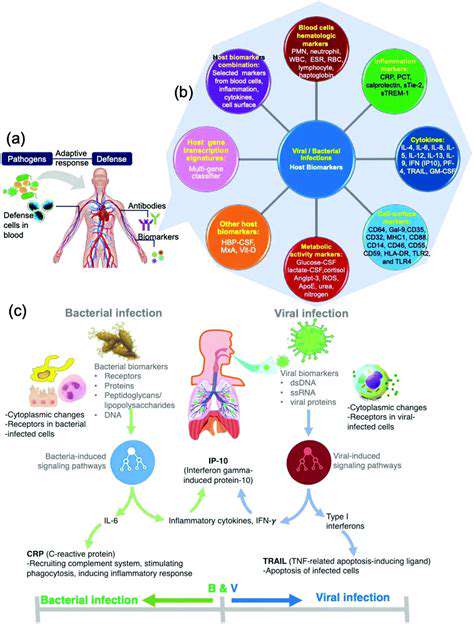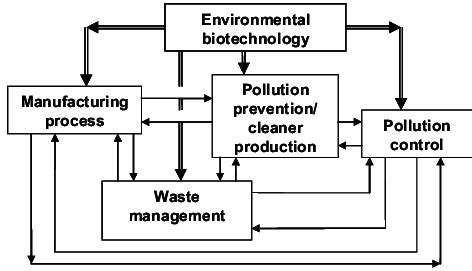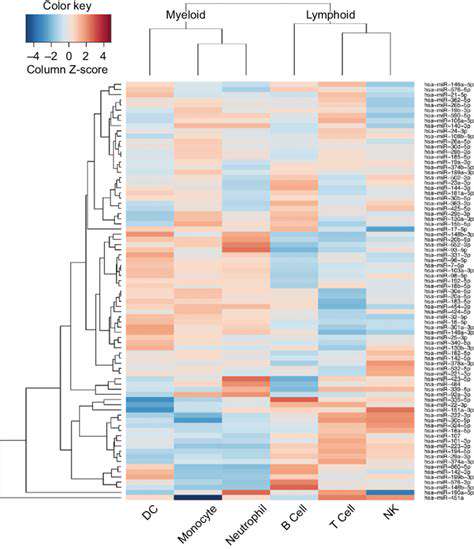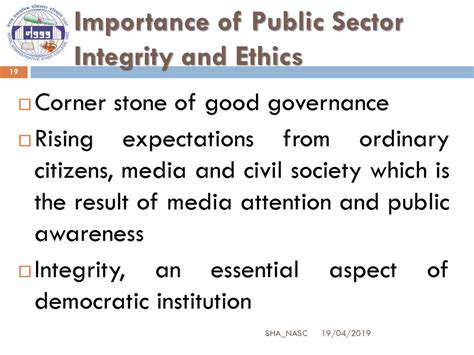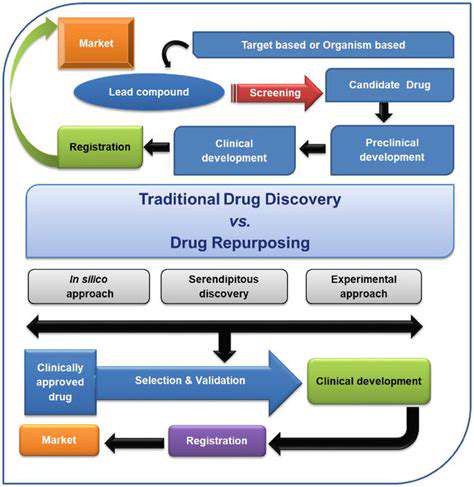Biogas Production from Organic Waste: A Renewable Energy Solution
Harnessing the Power of Organic Waste
Biogas production from organic waste represents a crucial step towards a more sustainable energy future. By converting organic matter like agricultural residues, food waste, and sewage sludge into biogas, we can significantly reduce reliance on fossil fuels and create a closed-loop system for waste management. This innovative approach not only generates renewable energy but also minimizes landfill waste, reducing environmental pollution and promoting resource efficiency. The process involves anaerobic digestion, a biological process where microorganisms break down organic matter in the absence of oxygen, releasing biogas as a byproduct.
The diverse applications of biogas extend beyond its use as a fuel source. The digestate, the byproduct of the anaerobic digestion process, can be utilized as a valuable fertilizer, enriching agricultural soils and promoting sustainable farming practices. This integrated approach to waste management not only provides a cleaner energy solution but also contributes to a circular economy, minimizing environmental impact and maximizing resource utilization. This approach to resource management is a key component of biotechnology's role in modern agriculture.
Technological Advancements and Economic Viability
Significant advancements in biogas production technology have led to more efficient and cost-effective processes. Improved digester designs and enhanced microbial consortia have resulted in higher biogas yields and reduced operating costs. These advancements have positioned biogas as a more viable and attractive alternative to traditional energy sources. Furthermore, government incentives and supportive policies are crucial in encouraging investment and adoption of biogas technologies, stimulating economic growth and creating new job opportunities in the renewable energy sector.
The economic viability of biogas production hinges on factors such as feedstock availability, digester efficiency, and market demand for biogas and digestate. The cost-effectiveness of the process is directly tied to the availability of suitable organic waste streams and the ability to manage the entire process from collection to utilization. This includes optimizing the process to maximize biogas yield and minimize operational expenses, making it a valuable and sustainable alternative energy source.
Implementing biogas plants at local levels allows for the utilization of locally available organic waste, reducing transportation costs and increasing the overall economic viability of the project. This localized approach to energy production also strengthens community resilience by providing a dependable and renewable energy source.
The integration of biogas technology into agricultural and industrial systems can create significant economic benefits by providing a valuable revenue stream from waste management and reducing reliance on external energy sources. Furthermore, the creation of a circular economy through the utilization of digestate as fertilizer can further enhance the economic benefits of biogas production.
Bioremediation and Phytoremediation for Environmental Cleanup
Bioremediation: Utilizing Microorganisms for Cleanup
Bioremediation is a cost-effective and environmentally friendly approach to environmental cleanup, leveraging the metabolic capabilities of microorganisms to degrade or transform pollutants. This process involves introducing or enhancing the growth of specific microorganisms into contaminated sites, allowing them to break down harmful substances into less toxic byproducts or even completely eliminate them. Different types of microorganisms, such as bacteria, fungi, and archaea, possess diverse metabolic pathways, enabling them to target a wide range of pollutants, including hydrocarbons, pesticides, and heavy metals. Careful selection of the appropriate microbial consortia and optimal environmental conditions are crucial for maximizing the efficiency and effectiveness of bioremediation strategies.
The advantages of bioremediation include its ability to address complex mixtures of contaminants, its low disturbance to the surrounding environment, and its long-term effectiveness. However, the process can be slow and may require careful monitoring to ensure successful degradation. Understanding the specific metabolic pathways of the microorganisms and the factors influencing their activity is essential for designing effective bioremediation strategies. The application of bioremediation techniques has proven successful in various environmental settings, including contaminated soil, water, and sediments, leading to significant improvements in environmental quality.
Phytoremediation: Harnessing Plants for Pollution Removal
Phytoremediation employs plants to remove, contain, or render less toxic pollutants from the environment. This approach leverages the natural ability of certain plant species to absorb, accumulate, and/or metabolize contaminants in the soil and water. By growing specific plant species in contaminated areas, phytoremediation can effectively remove pollutants from the soil, making it safer for human use and the environment. Different plant species exhibit varying degrees of tolerance and accumulation capacities for different types of contaminants, making the selection of appropriate plant species a crucial aspect of this process.
Several mechanisms contribute to the effectiveness of phytoremediation. Plants can absorb contaminants through their roots and translocate them to their above-ground tissues, eventually eliminating them through natural processes. Some plants can also stimulate microbial activity, accelerating the biodegradation of pollutants. Phytoremediation offers a sustainable and cost-effective alternative to traditional remediation methods, particularly for sites with moderate contamination levels. However, the success of phytoremediation depends on various factors, including the type of pollutant, the characteristics of the contaminated soil, and the growth conditions of the selected plant species.
Factors Affecting Bioremediation and Phytoremediation Success
The effectiveness of both bioremediation and phytoremediation processes is significantly influenced by various environmental factors. Temperature, pH, moisture content, and nutrient availability directly impact microbial growth and activity in bioremediation. Similarly, factors such as soil type, water availability, and the presence of other chemicals can affect plant growth, uptake, and translocation of contaminants in phytoremediation. Understanding these influencing factors is crucial for optimizing the efficiency of these techniques and ensuring successful environmental cleanup.
Furthermore, the presence of competing microorganisms or the toxicity of the contaminants themselves can hinder the success of bioremediation. Similarly, the presence of heavy metals or other pollutants can negatively impact plant growth and efficiency in phytoremediation. Therefore, meticulous site characterization and careful consideration of these factors are essential for designing effective remediation strategies and achieving successful outcomes.
Integration and Future Directions
Combining bioremediation and phytoremediation techniques can often enhance the overall effectiveness of environmental cleanup efforts. Integrating these approaches can create synergistic effects, addressing the limitations of individual methods and achieving more comprehensive remediation. For example, phytoremediation can be used to contain pollutants, while bioremediation can break them down further, resulting in a more efficient and sustainable solution. Future research should focus on developing innovative strategies for optimizing the efficiency of these techniques and addressing complex challenges in contaminated environments.
Ongoing research is exploring the use of genetically modified organisms and advanced bioaugmentation techniques to enhance the effectiveness of bioremediation. Similarly, the development of novel plant varieties with enhanced tolerance and accumulation capacities for specific contaminants will further advance phytoremediation capabilities. Such advancements hold great promise for effectively tackling the complex environmental challenges posed by contaminated sites and creating a more sustainable future.
